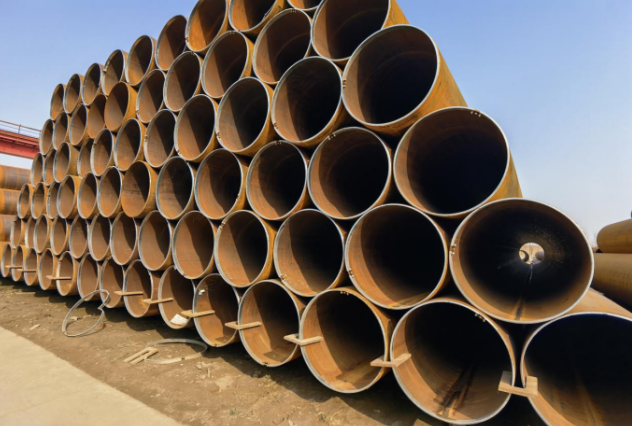
How to Distinguish Forging Cracks and Heating Cracks?
The welding cracks produced during the quenching process are obviously different from the cracks during the forging process. The welding heat treatment temperature is generally much lower than the forging temperature. Even for high-speed steel and high-alloy steel, the heating and holding time are much shorter than the forging temperature.
Due to high heating temperature, long holding time or fast heating speed, early cracking occurs during the heating process, resulting in cracks distributed along the coarse grain boundaries, and there is a slight decarburization structure on both sides of the crack. If the heating is too fast, early cracking will occur , There is no obvious decarburization, but the cracks and tails are full of oxide scale, sometimes due to the failure of the high-temperature instrument, the parts are extremely coarse, and the cracks are distributed along the coarse grain boundaries.

Common defects of structural steel:
1) Forging defects
1. Overheating and overburning
The main features are coarse grains, obvious Widmanstatten structure, high heating temperature, uneven fracture grains, and oxidative decarburization around the grain boundaries.
2. Forging cracks
It often occurs in places where stress is concentrated or alloying elements are segregated. The cracks are full of oxide scale, and the high forging temperature is prone to cracks.
3. Fold
Surface defects are caused by punching, cutting, blade wear, rough forging, etc. In the subsequent forging, defects such as surface oxide scale are involved in the forging body to form creases, which are observed under a microscope. It can be found that there is significant decarburization around the folds.
2) Heat treatment defects
Quenching cracking is characterized by rigidity and straightness, cross-grain distribution, wide starting point, slender and twisty tail, which mostly occurs after martensite transformation, there is no obvious difference in the microstructure around the crack, and there is no decarburization.
The microstructure is coarse. If it is slightly overheated, it can be rescued by secondary quenching. In addition to the coarse grains, some of the grains are easy to melt and the grain boundaries are extremely coarse.
The microstructure is composed of massive or reticulated troostite and undissolved ferrite. Insufficient heating, insufficient holding time, and uneven cooling will all produce soft spots.
Tips: In case ASTM A53 Grade B in ERW (electric resistance welded) pipe, the weld seam of A53 ERW pipe shall be done the heat treatment with a minimum 1000°F [540°C]. In this way the no untempered martensite remains.
In case ASTM A53 B pipe in cold expanded, then expansion should not exceed 1.5% of the required OD.


